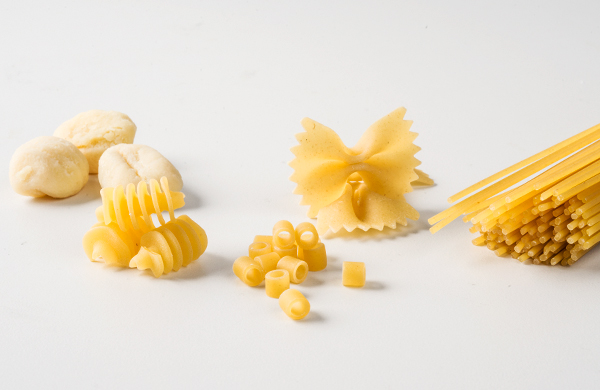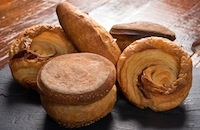GROUPON GUIDE TO CHICAGO
For Pasta Shapes, Form Follows Function
BY: Groupon Editors |Dec 29, 2014
BY:
Deals in chicago

HelloFresh Meal Kits - Fresh Ingredients Delivered
Sale Ends 10/7
HelloFresh: Meal Kits for Two or Four People (First Week Shipping Included)

Factor Healthy Meal Delivery
Sale Ends 10/7
Factor: Healthy Meal Delivery - One of Two Weeks of Meals

$5 Off $25 eGift Card to Krispy Kreme
20% discount_off
Krispy Kreme® Doughnut Corporation
Deals in chicago Other Deals in chicago

Trending
One-Year Costco Membership with $100 off $200 on Costco.com
1430 Ashland Avenue, Chicago • 1.2 mi
$65
Costco

Trending
Fresh Maryland Blue Crabs: Premium Seafood Delivered!
Sale Ends 10/7
Seafood Delivered to You from Blue Crab Trading Company

Trending
Up to 50% Off on Sam’s Club Membership
2601 Cicero Avenue, Cicero • 4.7 mi
50% discount_off
Sam's Club



